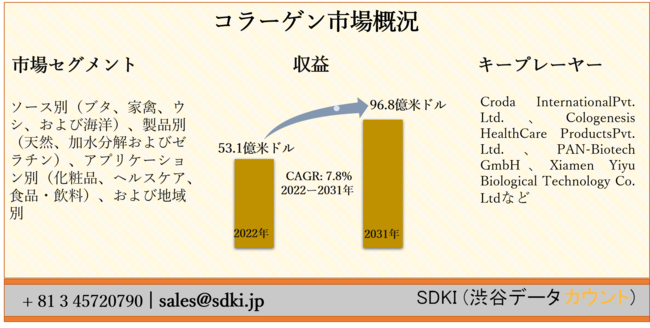Transparency Market Research (TMR) observes that competition in the global smart rings market is slated to intensify in the coming years due to the strong presence of several players. To stay ahead of the cut-throat competition, players are focusing on product innovation such as rings enabled with next generation NFC and better payment technologies. Some of the leading players in the market are McLear Ltd., Logbar Inc., Fujitsu, and Moodmetric.
According to the research report, the global smart rings market is likely to be worth US$11.44 mn by the end of 2025 from US$1.67 mn in 2016. During the forecast years of 2017 and 2025, the global market is expected to progress at a CAGR of 24.0%. Out of the three operating systems, the android operating system segment held a dominant share in the global market. This segment is expected to acquire a share of 57% in the global market by the end of 2025 due to the growing popularity of android smartphones. From a geographic point of view, the global market is likely to be led by Asia Pacific as emerging economies are slated to be key consumers of smartphones. Analysts expect that the Asia Pacific region is likely to surge at a pace of 25.1% in the global market over the forecast period.
The global smart rings market has been flourishing due to major advancements in technologies such as Internet of Things (IoT) and its acceptance. The new-age smartphones that come with smart watches and rings for receiving emails, messages, phone calls, and notification about posts on social networking sites have augmented the growth of the global market. The incredible support offered by IoT to these functionalities has been a great boon to the global market. In the coming years, the ability of smart rings to store incredible amount of data such as text messages, emails, phone calls, authentication and access control details, and payment details is anticipated to favor market growth in the near future.
Obtain Brochure@
The growing disposable income of the younger population and the increasing awareness about better technologies have been instrumental in shaping the future of the global smart rings market. Analysts anticipate that demand for smart rings will remain persistent in the healthcare sector. Both patients and physicians are expected to show a significant demand for smart rings are these held in monitoring heart beats, pulse rates, and blood pressure levels, which could be signs and symptoms of a larger ailment. The increasing health risks due to poor lifestyles have augmented the demand for smart rings to ensure prevention instead of cure.
Lack of Interest from Big Players becomes Challenge for the Global Market
The high dependency on battery has been identified as a key challenge for the global smart rings market. The inconvenience of charging smart rings with dongles or cables has made the experience of using them unenjoyable. Furthermore, the market still continues to be in its nascent stage and is long way to go before it evolves thoroughly. Owing to these reasons, several big players are refraining from making heavy investments in this market, which has also been assessed as a limiting factor.






